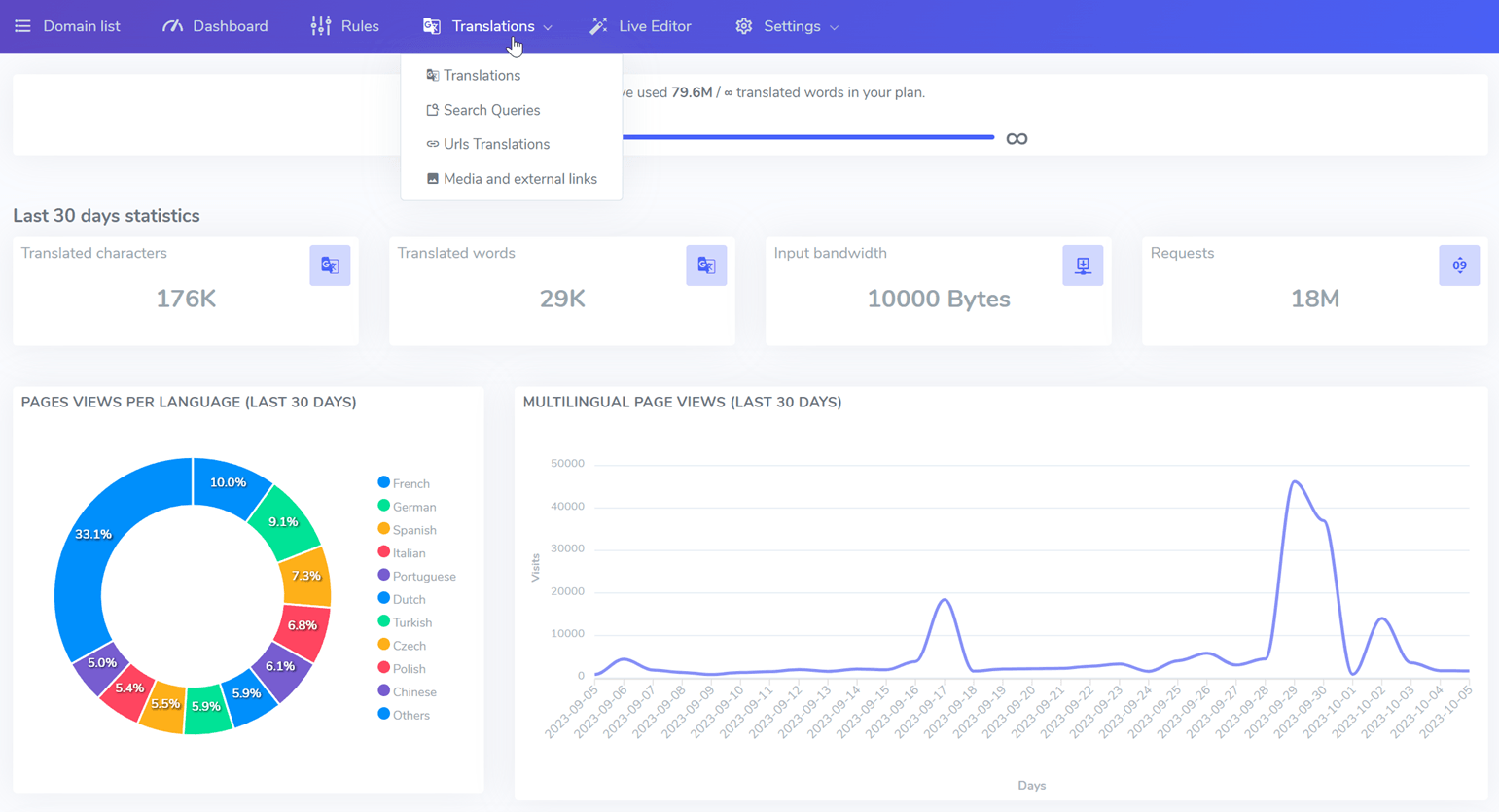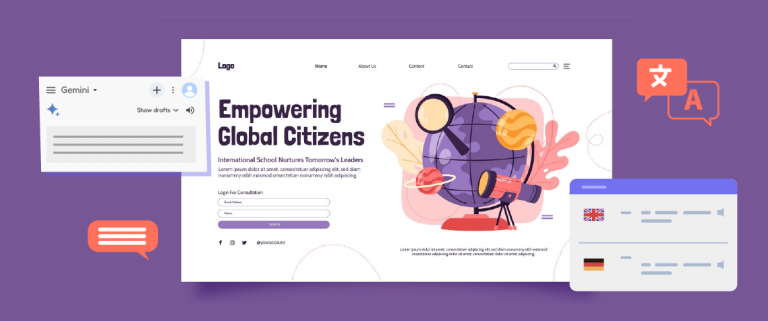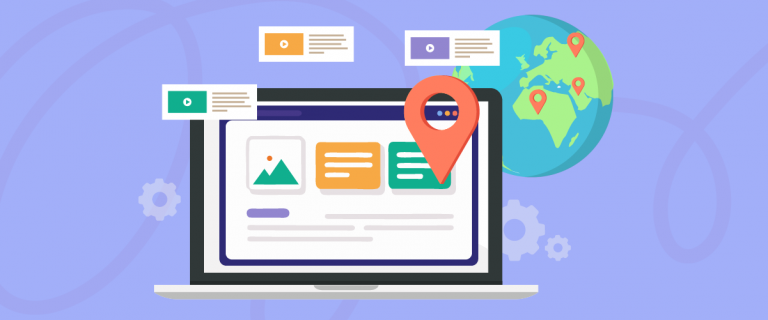As a business looking to expand its reach and tap into new markets, it’s essential to have a website that serves international audiences. But simply translating the content of your website into different languages isn’t enough. You need to localize your website effectively to connect with users from other regions. Now, localization tools are available to make this process much more manageable. In this article, we’ll explore why website localization is so important, how it can enhance user experience, the different types of localization tools available, what features to look for in a localization tool, and some of the best website localization tools.
Why is website localization important for business?
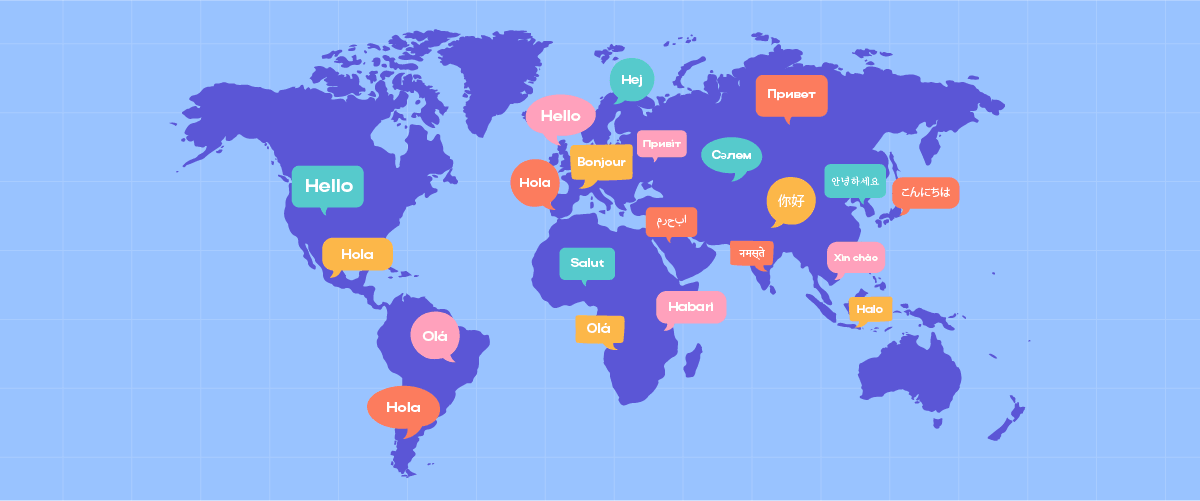
When we talk about website localization, we refer to the process of adapting a website to suit a specific target market’s language, culture, and preferences. Not only translating the textual content but also adapting images, formats, layouts, and even functionality to ensure the website feels native to users in different regions. Website localization tools can help make this process faster, helping businesses manage the localization workflow, translate content efficiently, and ensure a seamless user experience.
By offering content in their native language, you break down language barriers, making it easier for them to engage with your brand. This, in turn, can drive more traffic to your website, increase conversions, and ultimately boost your sales.
Localization helps to personalize content for different markets. By understanding your target audience’s cultural nuances, preferences, and trends, you can adapt your website’s content, imagery, and even functionality to suit their needs. This level of personalization makes users feel valued, understood, and more likely to trust and connect with your brand. Overall, localization enhances the accessibility, usability, and relevance of your website, resulting in a better user experience and increased customer satisfaction.
Types of localization tools that you need to know

Adapting a website for different regions goes beyond mere translation; it involves tailoring content, including media, to resonate with the language and cultural nuances of each target market while maintaining the original message’s integrity. This process can seem complicated, but fortunately, there are software localization tools designed to simplify this task. These tools are invaluable for marketing teams, developers, project managers, and translators, streamlining the process of making every website element culturally relevant.
Human translation services
Using translation services with project management tools ensures your digital content culturally aligns with and appeals to a broader audience. These services offer human translators for nuanced and culturally sensitive translations. Provide professional human translation for various materials, including documents and software, and website copy proofreading. In some services, they offer automated translations for large text volumes via an API, thereby enhancing your website’s accessibility and user experience across different languages and regions
Manual translation services
If you’ve ever needed to translate text quickly, you’re probably familiar with the process of copying and pasting text into a translation service, selecting the target language, and then receiving your translated text. Services such as Google Translate, DeepL Translator, and Bing Microsoft Translator provide these convenient self-translation features, which simplify communication in multiple languages. However, this method requires manual copying and pasting of each piece of text, which can be a time-consuming process.
Automated website localization
Automated AI translation tools can be a great solution when you need to adapt your website to different languages. These tools allow for quick translation, which saves time and ensures consistency. They offer a range of useful features, such as post-editing and live editing processes, rules to exclude text, and automated SEO optimization for multilingual sites. Management access for each translator enhances efficiency in post-translation edits, making it easier to adjust and align your localization content strategy. With these tools, you can easily adjust content of every country you’re aiming for.
Deciding on the right localization tool
Features to consider in a localization tool include translation quality, project management features, and automation options for efficient localization work. Evaluate whether the tool supports web pages, CMS, and integrates with your website to make the process faster. Look for software that offers continuous localization and seamless integration of new languages. Evaluate usability, dashboard tools for a simplified localization process. Consider tools with guides and documentation for fast translation projects.
Features
When choosing a localization tool, consider one that supports various file formats used in website localization. Look for user-friendly interfaces to accommodate all team members involved in the process. Integration with content management systems is essential for efficient workflow. Ensure the tool includes quality control for accurate translations and version control to track changes and maintain content integrity. These features enhance the effectiveness and efficiency of localizing content for different regions.
Usability
Continuous usability assessment, informed by user feedback, is key to improving localization process. Usability testing measures efficiency, directly affecting the success of website localization. Understanding user experience allows for better decision-making, enhancing the localization process. This not only improves translation quality but also ensures software developers have a seamless experience, effectively meeting the needs of the target market. Regular evaluation is essential for maintaining high standards in localization efforts.
Price
When selecting localization tools, it is essential to thoroughly examine their pricing models. There are two main types of pricing models: subscription-based and pay-per-use options. It is important to assess the features provided in each plan, such as languages, word translation, and workflow management, to ensure that they meet your specific requirements. It is also crucial to look for pricing transparency and clear communication from vendors. You should consider the tool’s return on investment against your budget and localization objectives. Moreover, you should be mindful of any potential hidden costs, including additional charges for support or training, to avoid surprises
Top-Rated Localization Tools for Websites
We have covered the different types of localization tools and their selection criteria, Let’s move on to the various localization tools that may be relevant and beneficial for you. Take a closer look at the localizations that could potentially be useful for you.
Linguise
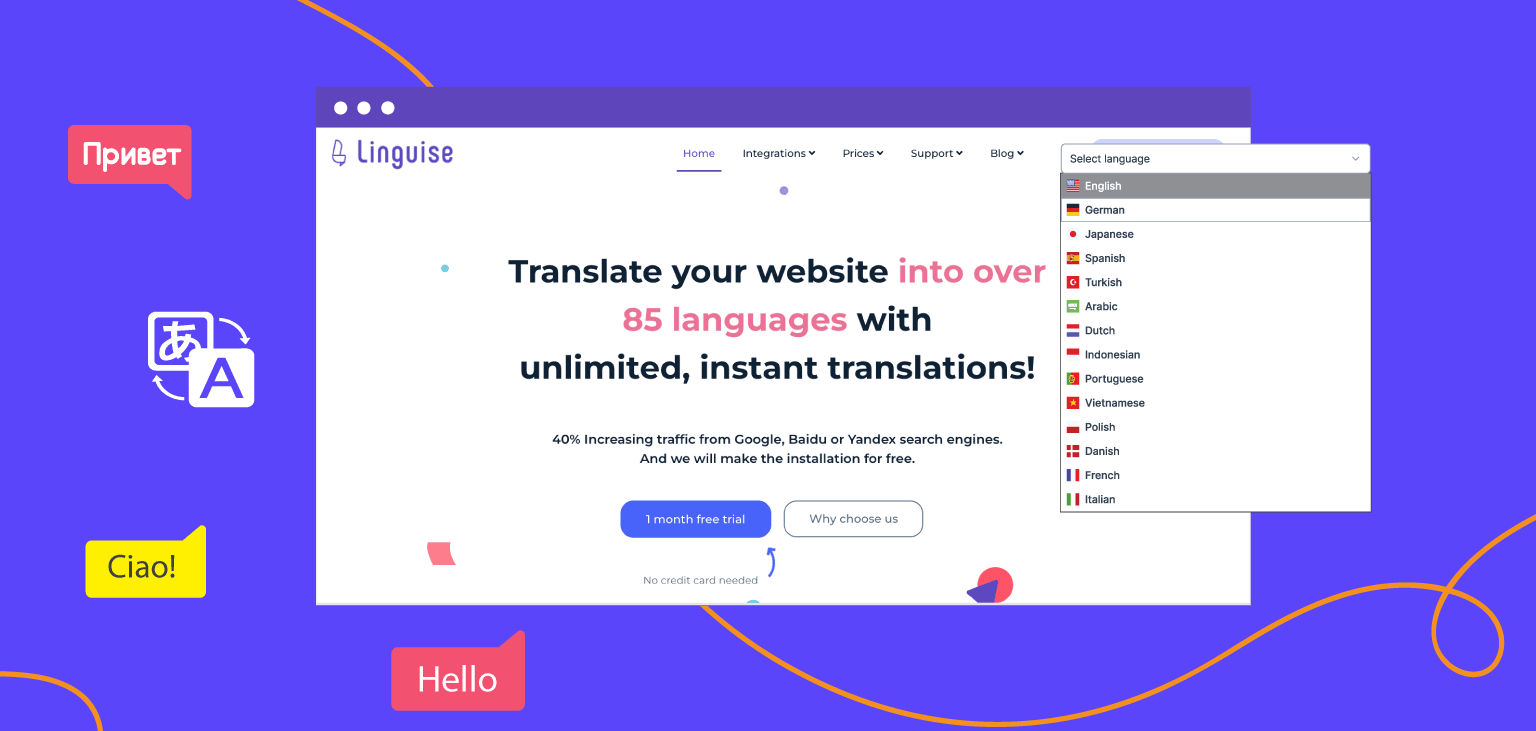
Linguise offers an all-in-one solution for translating and localizing websites with more than 85+ languages. Linguise supports seamless integration with popular platforms such as WordPress, Shopify, and Webflow, allowing for managed translation management through a user friendly dashboard and live editor. Using advanced machine learning from sources such as Google Cloud, Linguise delivers high-quality live translations. The tool will improve user experience, boost SEO, access international markets, and increase conversions by enabling websites to communicate in the language of their target audience. You can learn about pricing and start a free trial with full access to features without needing a credit card.
Lokalise
Helping businesses reach customers around the world, Lokalise is translation management system that makes it easier to translate and adapt content. It has great features for translating and working together efficiently. Lokalise has worked well for many businesses, managing content in multiple languages on different platforms. It works smoothly with popular systems, meeting the needs of software developers and businesses. Lokalise makes projects easier by constantly updating translations, making it a top choice for businesses entering new markets.
Transifex
If you’re part of a big team, Transifex is your go-to tool for making translation and content management a breeze. With handy features like translation memory, terminology management, and automatic suggestions, this platform seamlessly integrates with WordPress and Drupal to streamline your translation workflows. Not only that, but Transifex also offers in-depth analytics to help you track progress and measure the impact of your content. Transifex is a versatile choice for website and app localization, catering to a wide range of needs efficiently and effectively.
Crowdin
Improving the localization process, Crowdin provides a platform where teams can work together on translating website content. This tool makes it easier to manage translations by automatically translating common phrases. By connecting with WordPress and Shopify, it ensures that translations are up to date and of high quality. Crowdin also helps teams stay organized with project management tools for localization efforts. By using automation and project management features, Crowdin is a flexible solution for localization.
POEditor
Cost-effective localization is simplified with POEditor, a cloud-based tool for managing translations and team collaboration. Supporting over 700 programming languages and file formats ensures all websites’ versatility. With budget-friendly pricing starting from free options for small projects, POEditor scales seamlessly for enterprise-level needs. Advanced features like translation memory and machine translation integration enhance translation quality while speeding up the process. Streamline your localization work effortlessly and expand your reach to new markets with POEditor.
Insights for implementing a successful localization strategy
When adapting your website for different locales using any localization tool that you choose, remember to ensure a fully localized experience for your visitors. These are essential for creating an engaging and accessible website for a global audience. You can check guide that we already create for you.
- Effective multilingual marketing for a global audience
- Content localization strategies for global success
- A comprehensive localization strategy
Here are some tips that you can consider when implement localization:
- Using easy and user friendly admin dashboard: Having simple control center to keep track of your translation work. This makes it easier to see how your project is coming along and helps things run smoothly.
- Know your audience: Spend some time learning about the languages and cultures of the people you’re reaching out to. This helps make your website feel more welcoming and relevant to them.
- Test everything thoroughly: Check the language and how well the website works in different places to ensure everyone has a good experience.
- Keep your content fresh: Continuously update and manage your website’s translations to make sure it stays relevant and useful to your audiences.
Try Linguise to Localize Your Website Now!
Are you looking for a way to make your website available in multiple languages but don’t want to deal with the technical aspects of web development? Then Linguise is the solution for you! It’s straightforward to use, and you don’t need any coding skills. You select the languages you want your website to be translated into, and Linguise will quickly and accurately translate your content.
Once the installation and automatic translation is complete, you can fine-tune the localization by editing specific parts of your website. Linguise provides a live editor and an easy-to-use dashboard for human translators to help perfect your translations. This way, you can be confident that your website will be accessible to visitors worldwide.
The best part is, Linguise will optimize your SEO and make your website stand out globally!
Easy dasboard for managed your localization website
Improve your multilingual seo
Linguise supports your international SEO efforts and helps you grow your global audience. Here are advantages that you will get:
- Fully compatible with major search engines: Our system has been tested with all major search engines’ webmaster tools, ensuring maximum compatibility and effectiveness.
- Automated multilingual sitemap generation: Keep your site structure clear for search engines in every language with automated sitemap functionality.
- Front-end editing of page title & meta : Easily edit and optimize your page titles and meta descriptions directly from the front-end for each language, enhancing your SEO efforts.
- Automated canonical tags: Efficiently manage canonical tags for multilingual content, preventing duplicate content issues and strengthening your SEO.


